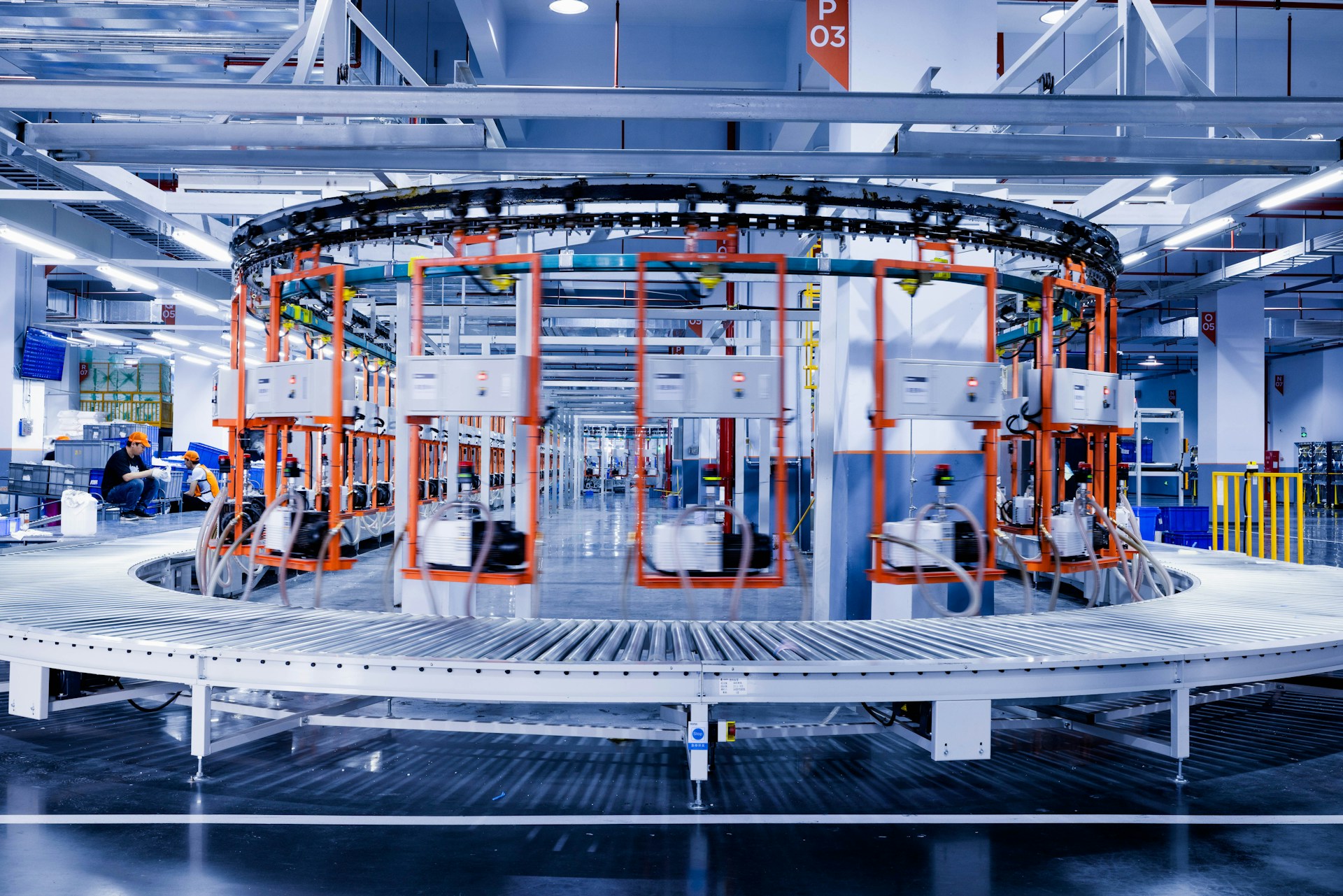
Managing production challenges while staying efficient and cost-effective is a top priority in manufacturing.
Businesses today increasingly turn to lean manufacturing as a response to these challenges. But what exactly is lean manufacturing? More importantly, how does it tackle waste and costs?
This website blog dives into how lean manufacturing principles not only help reduce waste but also lower costs, while fostering a streamlined, efficient production environment.
Understanding Lean Manufacturing
Lean manufacturing focuses on maximizing value while minimizing waste. Originating from Toyota’s production system, lean manufacturing focuses on continuously improving the manufacturing process by identifying and eliminating inefficiencies.
These inefficiencies, referred to as “waste,” are any activities that do not add value to the end product. The philosophy revolves around five core principles:
- Defining value based on customer needs.
- Mapping the value stream to identify waste.
- Creating a continuous product workflow.
- Establishing a pull system to avoid overproduction.
- Pursuing continuous improvement.
By diligently following these principles, businesses can create a more streamlined, cost-effective way of operating.
Identifying the Seven Types of Waste
One of the first steps in lean manufacturing is identifying waste within production processes. Categorizing waste helps teams spotlight where inefficiencies occur. Below are the seven common types of waste targeted by lean methodologies:
1. Overproduction
Producing more than needed or earlier than required leads to excess inventory, increased storage costs, and disrupted workflows.
2. Waiting
Idle time for workers or machinery waiting for materials, tools, or approvals delays production and impacts utilization.
3. Transportation
Unnecessary movement of materials or products adds no value but easily increases costs and risks of damage.
4. Overprocessing
Investing more time, resources, or energy into a product than what’s required results in production inefficiencies.
5. Inventory
Excess stock ties up capital increases storage costs, and can lead to unsold or expired products piling up.
6. Motion
Excess movement by employees or equipment increases wear and tear, causing delays and lowering productivity.
7. Defects
Quality errors that require rework or scrapping drive up costs while damaging customer satisfaction. Understanding these types of waste allows businesses to hone their efforts for maximum impact.
Techniques for Reducing Waste and Costs
Streamlining Workflows
An essential aspect of lean manufacturing is designing workflows that eliminate unnecessary steps. Tools like value stream mapping help identify bottlenecks in the production process. Simplifying operations promotes better resource allocation and faster output, reducing delays and excess costs.
Introducing Just-In-Time (JIT) Production
Just-In-Time production ensures resources and materials arrive only as needed rather than being stockpiled ahead of time. By closely matching production schedules with demand, businesses reduce inventory holding costs.
Kaizen Continuous Improvement Culture
Kaizen, which translates to “change for the better,” is a key component of lean manufacturing. By fostering a continuous improvement mindset, employees are encouraged to suggest small, incremental changes to processes. These tweaks cumulatively lead to significant productivity and cost gains over time.
Standardizing Work for Consistency
Standardizing work ensures processes deliver consistent results, minimizing variation in outcomes. It reduces defects and saves on rework costs while ensuring predictable delivery times.
Optimizing Resource Use
Smarter resource utilization lowers material costs and energy consumption. This includes proper material purchases, efficient scheduling of machinery, and multi-skilling employees to reduce idle labor.
Applying Automation and Technology
While lean manufacturing emphasizes simplicity, well-applied technology can dramatically improve cost efficiency. For example, automated systems reduce time-intensive, repetitive tasks that consume resources. Smart analytics ensure production remains closely aligned with demand forecasts.
Real-World Benefits
Lean manufacturing isn’t just a buzzword; it actively drives tangible results for many businesses:
- Improved Productivity
Smarter workflows and efficient use of machines cut redundant effort, allowing businesses to produce more in less time.
- Reduced Costs
Lower spending on inventory, energy, and quality control translates directly into bottom-line savings.
- Enhanced Quality
Stringent error-checking and process improvements reduce defects, ensuring greater customer satisfaction.
- Quicker Market Response
Efficient systems allow companies to react more swiftly to fluctuating customer demands or supply chain changes, securing a competitive edge. When implemented as part of an organization’s broader operational strategy, lean manufacturing principles produce measurable value.
Challenges to Adoption
While the benefits of lean manufacturing are undeniable, implementing it can be challenging:
- Cultural Resistance
Employees used to traditional approaches may hesitate to adopt new practices without management buy-in and training.
- Initial Costs
While lean ultimately saves money, implementation often requires up-front investments in technology or training resources.
- Sustainability
Achieving lean goals requires continuous effort. Without ongoing monitoring and accountability, systems can slip back into inefficiency. Despite these challenges, businesses that commit to the process see significant, long-term returns.
How Lean Manufacturing Delivers Cost Efficiency
The core advantage of lean manufacturing lies in its ability to reduce costs at multiple operational levels:
- Wasting fewer resources minimizes unnecessary spending.
- Faster workflows lower energy costs associated with prolonged machine use.
- Consistent quality reduces rework and material wastage.
Additionally, lean systems improve overall time management, freeing up organizational bandwidth for growth-driving initiatives.
Taking the First Step Towards Lean
Transitioning to lean manufacturing requires commitment but unlocks tremendous potential for waste reduction and cost efficiency. The key is starting small. Conduct a waste audit within your current production processes, identify immediate improvement areas, and build momentum from there.
Fostering collaboration across teams or enlisting external lean consultants can make the process smoother and more effective.

